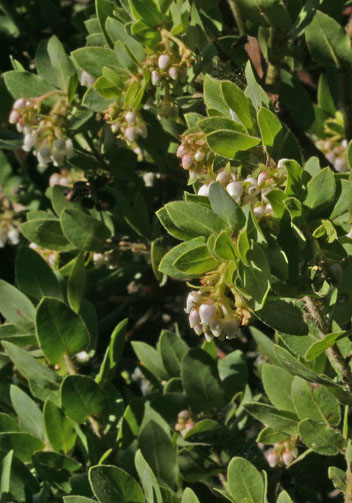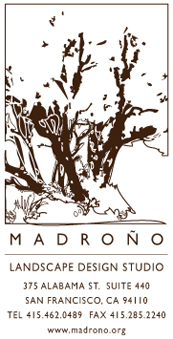 Here in earthquake country, the land moves in puzzling ways. Take Montara Mountain, a San Mateo landmark at the uppermost edge of the Santa Cruz Range, whose steep heights plunge dramatically through the fog down into the sea at Devil's Slide. It looks like the western edge of North America, but in fact this granite and sandstone formation sits on the eastern edge of the Pacific plate, a tectonic "island" riding north along the shear of the San Andreas Fault. This mountain originated with the sierra of Southern California, and has been grinding its long, bumpy way up the coast toward San Francisco for millions of years, at speeds approaching one meter per century.
Here in earthquake country, the land moves in puzzling ways. Take Montara Mountain, a San Mateo landmark at the uppermost edge of the Santa Cruz Range, whose steep heights plunge dramatically through the fog down into the sea at Devil's Slide. It looks like the western edge of North America, but in fact this granite and sandstone formation sits on the eastern edge of the Pacific plate, a tectonic "island" riding north along the shear of the San Andreas Fault. This mountain originated with the sierra of Southern California, and has been grinding its long, bumpy way up the coast toward San Francisco for millions of years, at speeds approaching one meter per century.
Now protected as San Pedro Valley Park in Pacifica, the slopes of Montara Mountain support a relict plant community more like those of Santa Barbara and the Channel Islands than its neighboring natural areas on the Peninsula. A strenuous switchback trail climbs to the North Peak through dense coastal chaparral of Montara manzanita (Arctostaphylos montaraensis) and minor giant chinquapin (Chrysolepsis chrysophylla var. minor), two noteworthy specimens. The former is a local endemic found nowhere else on earth, growing 3-15 feet tall with tightly clasping silver-green leaves held upright, stems covered in white bristles, and the red gnarled trunk for which manzanitas are prized; the latter is uncommon in this region, a large shrub or a small tree with boat-shaped leaves dusted with gold on their undersides.

